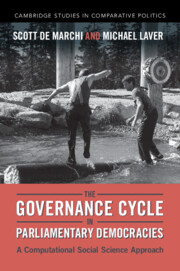This special collection is devoted to cabinet reshuffles, which are understood as personnel-related changes within the lifetime of a cabinet. Scholars agree that cabinet reshuffles matter in many respects. To begin, they may shape intra-governmental relations, by either intensifying or helping solve cabinet conflicts. Further, they are important instruments for party leaders to promote or demote party representatives, with far-reaching possible consequences for the party and beyond. Last but not least, reshuffles may be used to increase governmental efficiency and often trigger policy change. The ever-increasing personalization of politics has fuelled the public interest in any ministerial personnel-related issues, and turned cabinet reshuffles into events of undisputed political and scholarly relevance. Despite the apparent importance and ubiquity of reshuffles, the international literature displays at least two major flaws: first, a lack of systematic comparison across countries and regimes and second, a strong notional and empirical bias towards Westminster democracies. This collection seeks to overcome these weaknesses and their limiting effects on the knowledge and understanding of key aspects of executive politics and executive–legislative relations. With that aim, it gathers novel comparative research on the different types, causes and effects of cabinet reshuffles in a variety of democratic and authoritarian systems. The theoretical approaches and empirical findings of the six articles featured mark a major contribution to the scholarship on political executives and executive elites in the contemporary world. This introductory piece offers a succinct historical overview of cabinet reshuffles in different contexts, and the study thereof.


